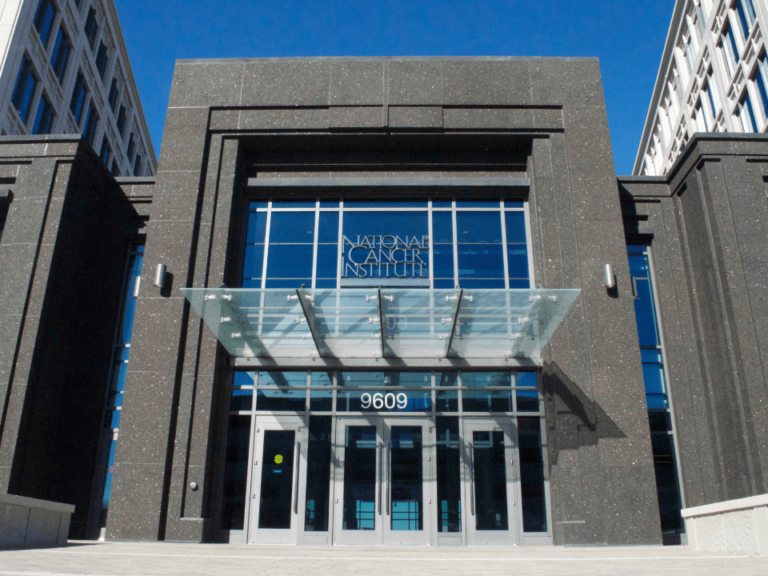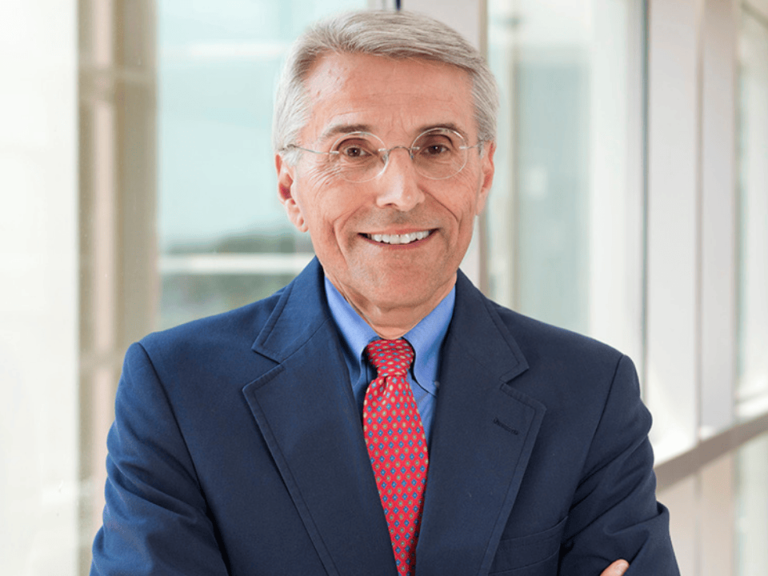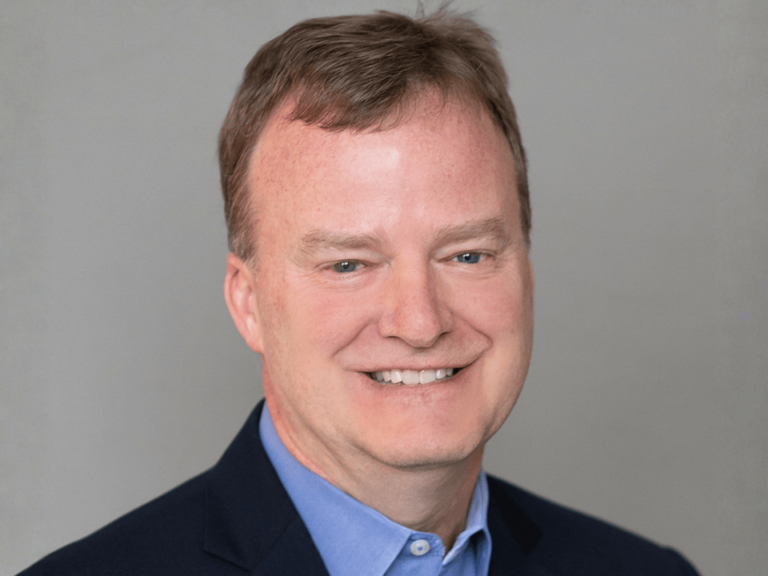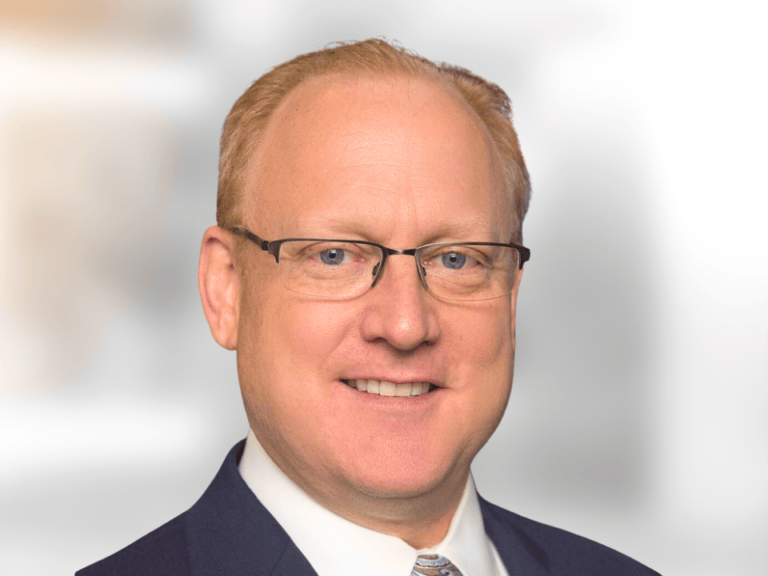Ethics and social issues involved in cancer research and in the care of cancer patients turned out to be the dominant theme of the joint annual meeting of the American Assn. for Cancer Research and the American Society of Clinical Oncology last week in San Diego.
Members overflowed the meeting room for a seminar on “Social and Ethical Issues in Cancer Prevention and Therapy,” chaired by Michael Brennan, Michael Shimkin and Gordon Zubrod. The spirited exchange between panelists and the audience left little doubt that oncologists and scientists are keenly aware of ethical and social problems they are facing and are greatly concerned about how to resolve them. Van Rensselaer Potter, retiring AACR president, expounded on the subject in his address, “Humility with Responsibility: A Bioethic for Oncologists.”
“What actions should be taken by the membership of the American Assn. for Cancer Research to influence national policy in matters involving cancer prevention?” Potter asked. “The answers involve bioethics . That is, they require the possession of biological knowledge plus value judgments as to the priority of the various competing policy decisions.”
Potter suggested that bioethics is a “new discipline that combines biological knowledge with a knowledge of human value systems in an open-ended biocybernetic system of self-assessment.”
Artificial prolongation of life without meaning, death with dignity, and human experimentation are questions that must be considered by those in clinical oncology, Potter acknowledged. “However, my own view of bioethics calls for a much broader vision . . . A wider and more purposeful understanding of biological evolution and cultural evolution. . . And the development of environmental bioethics, a matter of major concern to oncologists.”
Potter emphasized that “medical bioethics is only one fact of the problem of integrating biological knowledge with human value systems. The other facet is environmental bioethics. . . . . Oncologists are affected in every part of this formulation. In medical bioethics, the testing of new drugs and the wisdom of `when to do and when to let be’ are problems that confront the cancer therapist constantly.
“On a broader front, environmental ethics confronts the oncologist concerned with cancer prevention . An issue in cancer prevention is concerned with the opposing considerations of time and certainty. When human activity-a pollutant or a process or a cultural practice-is suspected of causing cancer, the first indications will come long before certainty and hard statistical estimates of risk are available. There is always the risk of crying ‘wolf wolf’ when there is no wolf, and there is the danger of waiting until hundreds or thousands of people have been placed at risk . . . . The question arises, is it ethical to withhold the first indications, or, putting it another way, under what circumstances is it ethical to withhold the first indications?”
Potter suggested that AACR “could do more than we are” about cigarette smoking: Go on record opposing the encouragement of the use of the use of agricultural lands for tobacco growing, and encourage members to participate in antismoking education programs.
Potter said he developed the idea of “humility with responsibility as the basic bioethic” out of consideration of what he called the “three properties of the Eureka! feeling-suddenness, euphoria, and fallibility . . . . The ethical imperative of the Eureka! feeling is to consider the possibility of error and look for a way to test the idea. . . . The ethic of humility with responsibility is nowhere more appropriate than in the life of the oncologist, because so many disciplines come to bear on the problem of cancer.”
Seminar panelists tackled specific ethical problems. Umberto Saffiotti, who heads NCI’s carcinogenesis program, pointed out that a time lag of up to a year can exist between the first clear awareness of the carcinogenic effect of a substance and the termination of the test period, followed by more time required for analysis, pathology, and final review.
“A delicate ethical dilemma confronts us in selecting the proper timing and extent for the release of carcinogenesis test results,” Saffiotti said. “Early findings may not be confirmed by definitive evidence and their premature release may cause technological and economic problems as well as unnecessary anxiety. On the other hand, delaying public notification of highly suspicious preliminary findings until a final detailed report on the bioassay is compiled and reviewed may delay preventive actions for the protection of the exposed population from unnecessary risks. Quality judgment on the evidence of an early finding is critical in deciding on the likelihood that it be subsequently confirmed. . .
“Considerable consensus is developing on the appropriateness of public disclosure of early findings of a carcinogenic response,” Saffiotti continued. “We share this point of view, provided that preliminary findings be clearly identified as such in a context which defines the conditions of test and the nature of the preliminary evidence and then only when the preliminary evidence is such that it suggests a good likelihood the positive findings will be confirmed.”
Saffiotti said NCI has initiated a procedure for for issuing a “memorandum of alert” through HEW’s Committee to Coordinate Toxicology and Related Programs. The memorandum will include a clear statement of the provisional nature of the reports.
“Only the definitive conclusive evidence should evoke regulatory or legal consequences,” Saffiotti said . “The time between the alert and the definitive publication of the evidence hopefully should be understood by all concerned to be a time for preparing the appropriate response and plan of action for the case and time in which the carcinogenic activity of the test substance receives definitive confirmation.”
Shimkin’s comments included his assertions that:
- “We have no scientific base for carcinogenesis tests.
- “At the present time, all legislative and regulstory decisions (related to carcinogenesis) must be judgmental. We have panels of experts who are basically ignorant of what they are expert about.”
- “People who generate data should not be the ones who interpret it. The concern that manufacture a product should not be the witness, judge and jury in evaluating its effect on the consumer.”
J.H. Weisburger, New York, said that “something has gone wrong in the communication of scientific data to the press.” He cited as an example the “scare” headlines in both the lay press and scientific journals over the possibility that drinking water in some areas may contain some carcinogenic substances. There is no real data yet to support the contention that the public health is threatened, Weisburger said . Such “scares” lead the public into the feeling that “everything causes cancer so why worry about,it,” he said, causing them to ignore more dangerous health hazards such as cigarette smoking.
J.D. Scribner, Seattle, suggested that both EPA and FDA definitions of carcinogens are inadequate and inexact. Atrue carcinogen, he said, is one whose action is irreversible.
M.F. Cranmer, Jefferson, Ark., pointed out that suspected agents often cannot be eliminated by regulation or legislation. It is essential that research be undertaken to determine what levels threaten public health so that effective controls be undertaken, he said.
Zubrod said that oncologists frequently have the dual role of healer and experimenter which is a conflict of interest . In the past this was resolved in part “by the quality of the people doing research . No one questioned whether or not the research was for the benefit of the patient,” Zubrod said. He suggested that medical schools should include considerations of character in their admission policies . “Sometimes the wrong people are admitted.”
More complicated research now makes it necessary for the patient to have an advocate, Zubrod said. “Society can’t afford two classes of citizens, one which can be used in research and one which can’t.”
M.J . Krant, Boston, asked these questions in discussing informed consent:
- “Can the physician be loyal to the patient and to research? “
- “Do we educate young physicians on issues involved in experimentation? “
- “If we ask patients to become experimentalists, do we ask them to volunteer? “
- “Do we sometimes take short cuts in our efforts to participate in cancer research? “
- “Do we always consider alternative treatment methods?”
Ethical issues involved in screening strategies were discussed by A.I . Sutnick-cost effectiveness, determination of which populations should be screened, possible risks to persons being screened.
Susan Sieber of NCI called attention to the possibility that some anticancer agents could be “double edged swords,” in that they may cause second cancers in patients.
Sieber’s studies show that Hodgkin’s disease patients treated with vincristine, nitrogen mustard, chlorambucil, or with combination chemotherapy (nitrogen mustard, vincristine, procrabazine and predhisone) plus irradiation have a higher than normal incidence of acute myelogenous leukemia. The rates for AML are up to 100 times that of the general population among some groups of Hodgkin’s disease patients, she said.
Some groups of multiple myeloma patients treated with L-PAM have shown an incidence of AML from 100 to 1,000 times that of the general population, Sieber reported.
Sieber acknowledged that acute leukemia may be part of the natural history of myeloma or Hodgkin’s disease, a possibility that is only now becoming evident because of the increases in patient survival due to improved treatments.










